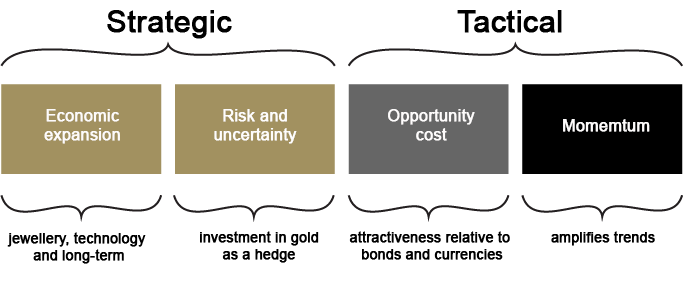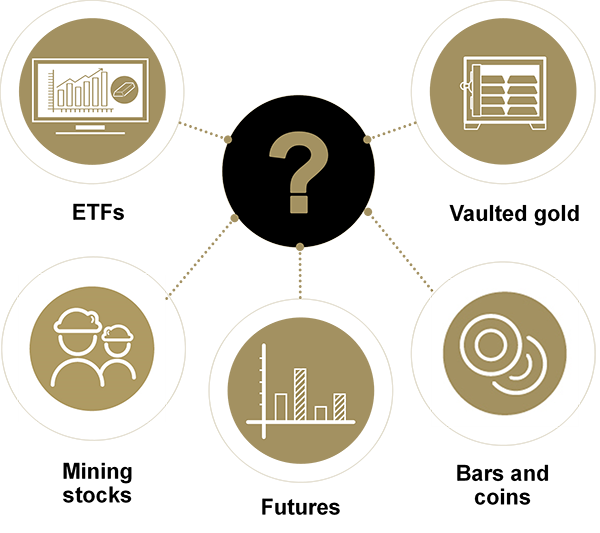Recently, gold has become globally accepted as a strategic asset amidst a high-risk and low-rate environment spurring investment demand and the expansion of the gold-ETF market.
The increased quantity, size and location of gold ETFs have provided easier and more efficient access for investors allowing them to utilise many general advantages of ETFs.
While there are numerous ways for investors to own gold, such as bars, coins, derivatives, over-the-counter (OTC) instruments and gold stocks, many have embraced gold ETFs for qualities such as cost efficiency, transparency, and liquidity.
The growth and evolution of gold ETFs have already helped advance the broader gold market and are likely to continue to do so, providing additional support for the role of gold in portfolios.
Gold ETFs are global
Through September 2020, holdings in the 83 active gold ETFs we track totalled 3,880t, with total assets under management (AUM) of US$235.4 billion (bn)3 – record highs in both tonnage and value terms.
One of the reasons for this growth is geographic diversification of gold investors compared to 17 years ago, when access to gold via ETFs was limited to a few funds, primarily in North America. While gold ETFs listed in North America continue to expand, maintaining their relevance on a global scale, funds in other regions of the world have also seen remarkable growth since their introduction (Chart 1, Table 1 and Chart 7, p6 in the full report). In particular, European funds saw a rapid growth in their share of global gold-ETF assets: 41% in September 2020 vs 16% 15 years ago (Chart 8, p7 in the full report).4 Meanwhile, total gold holdings in Asian gold ETFs grew from 1t in March 2007 – when the first Asian fund was introduced – to 121t in September 2020, adding seven new funds in 2020 alone (Chart 9, p7 in the full report).


